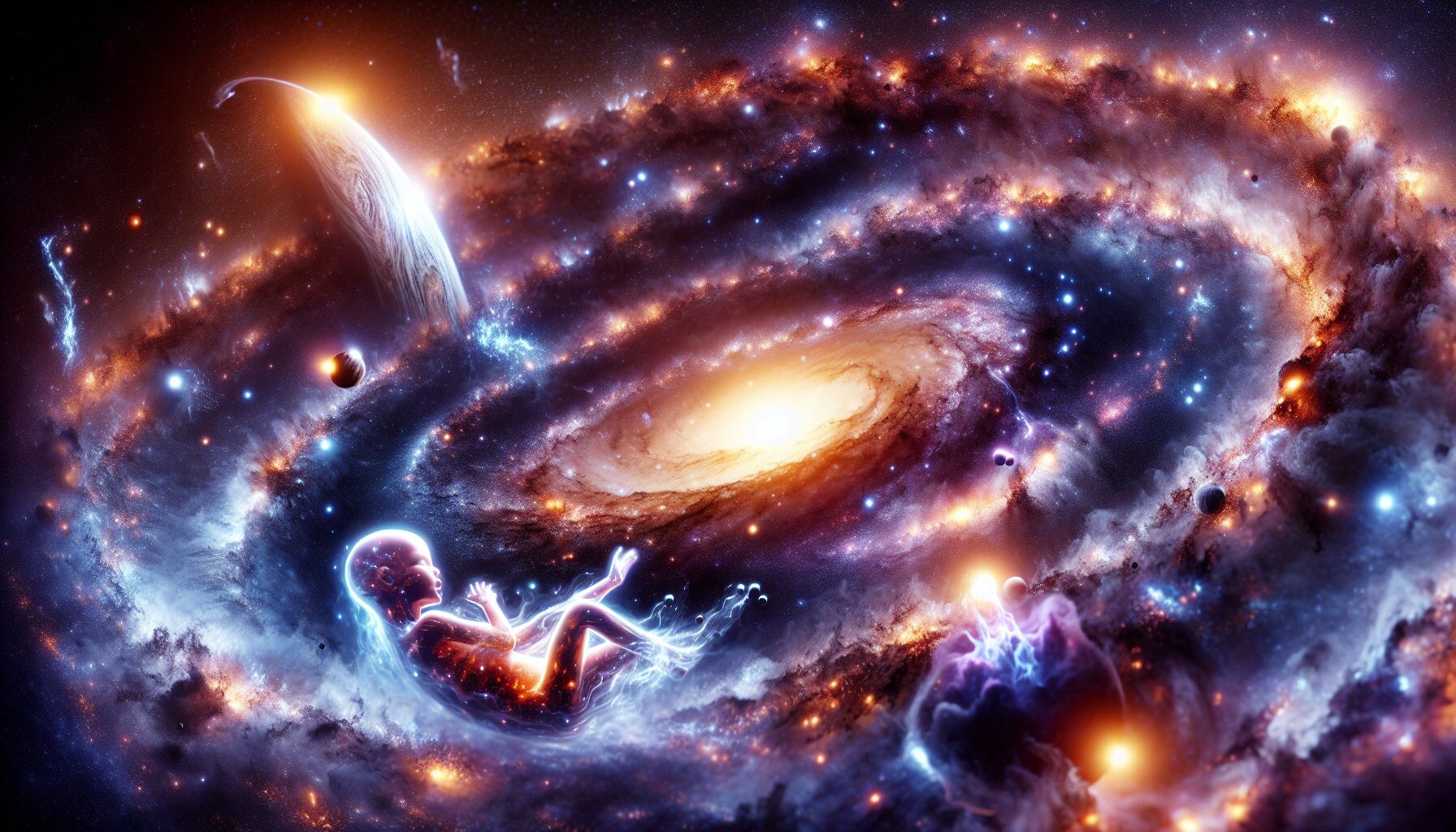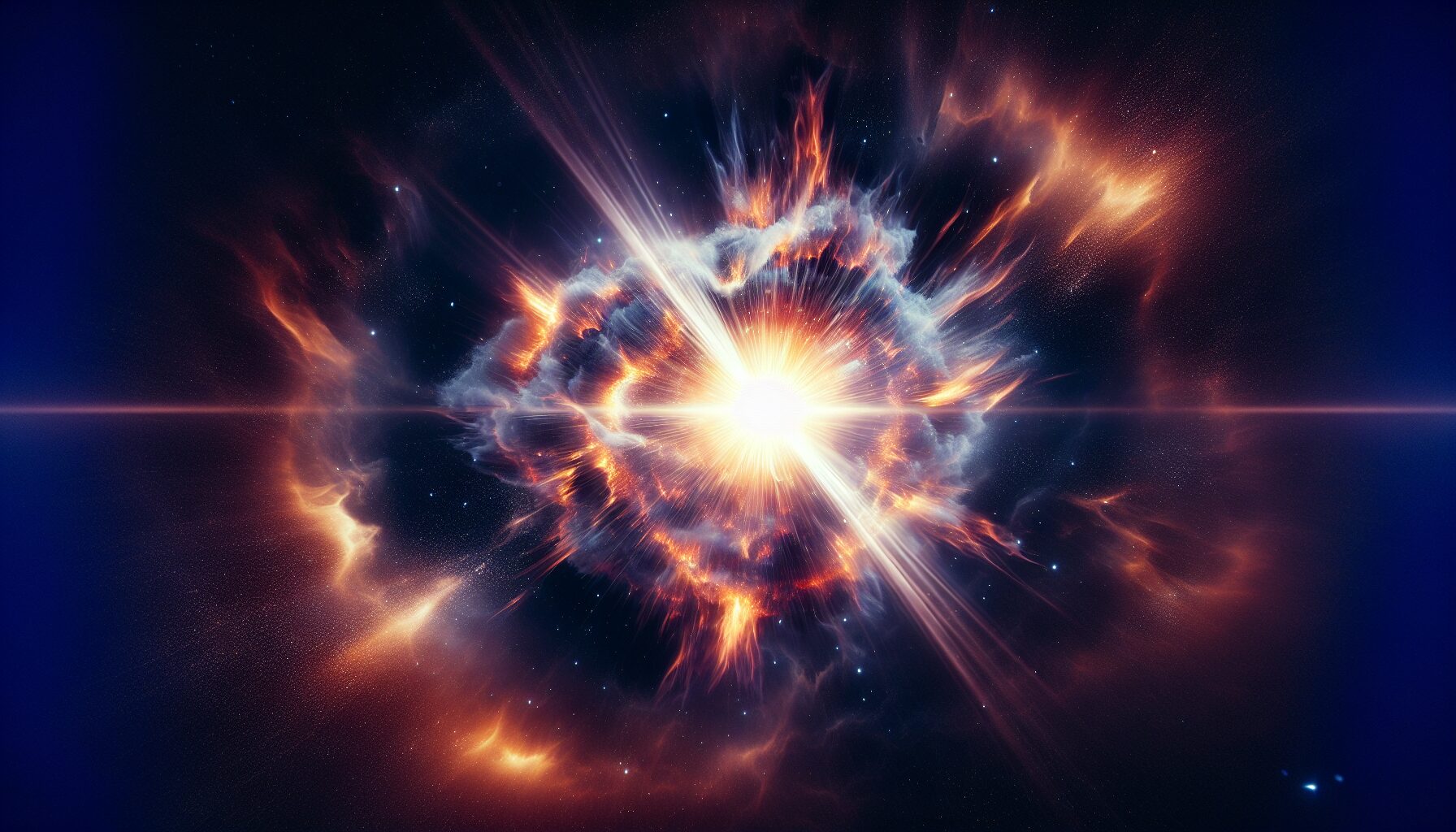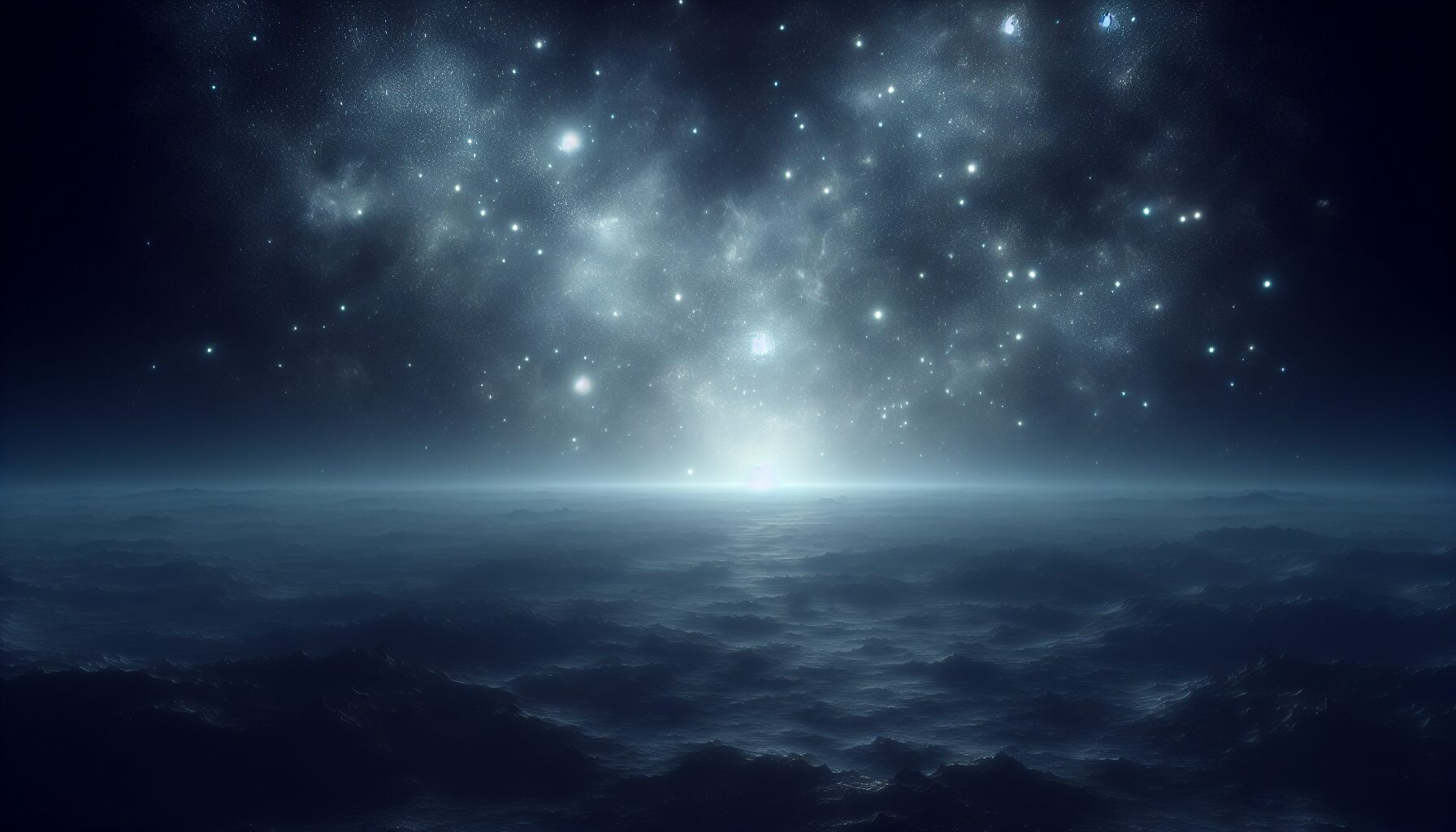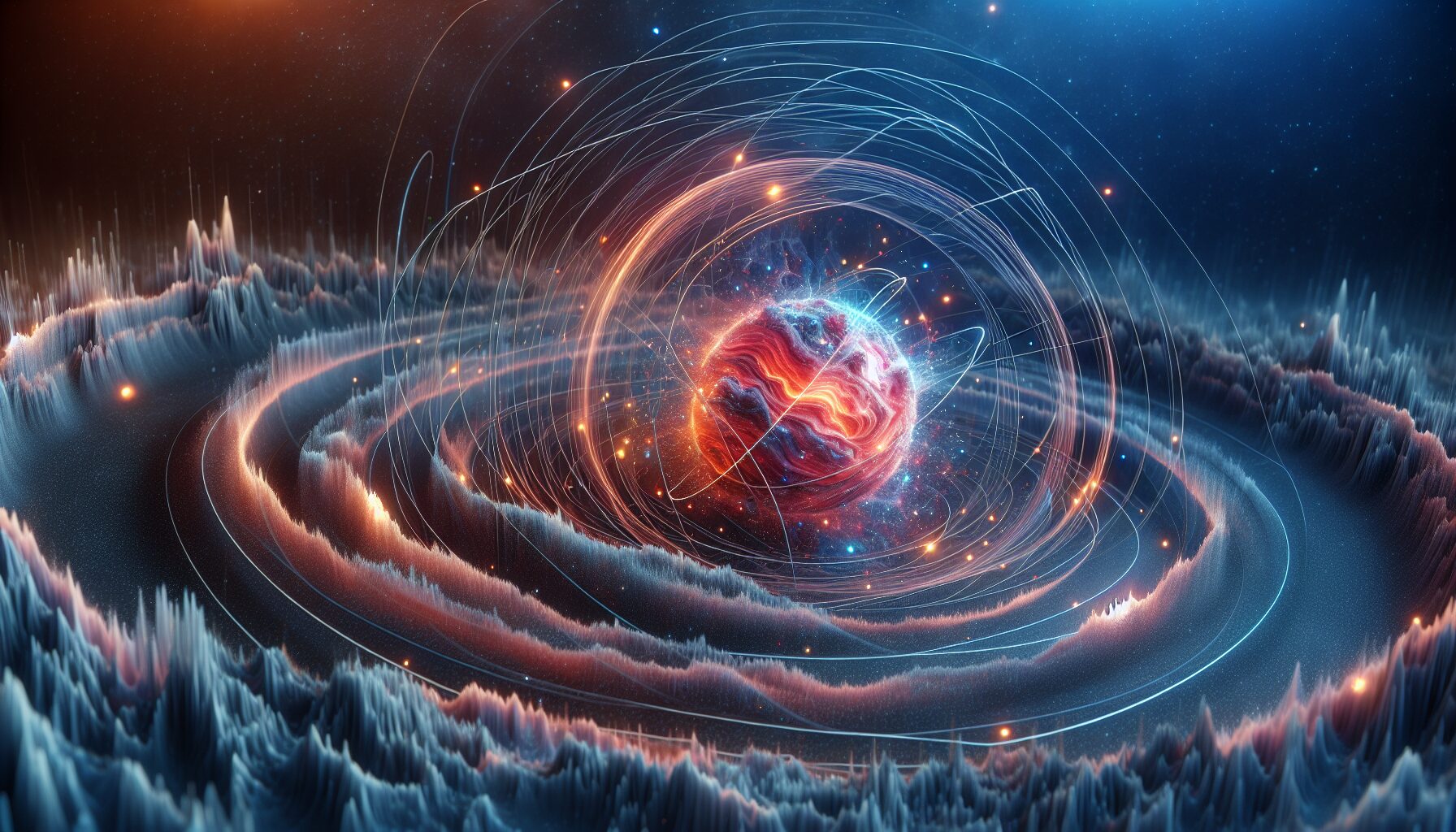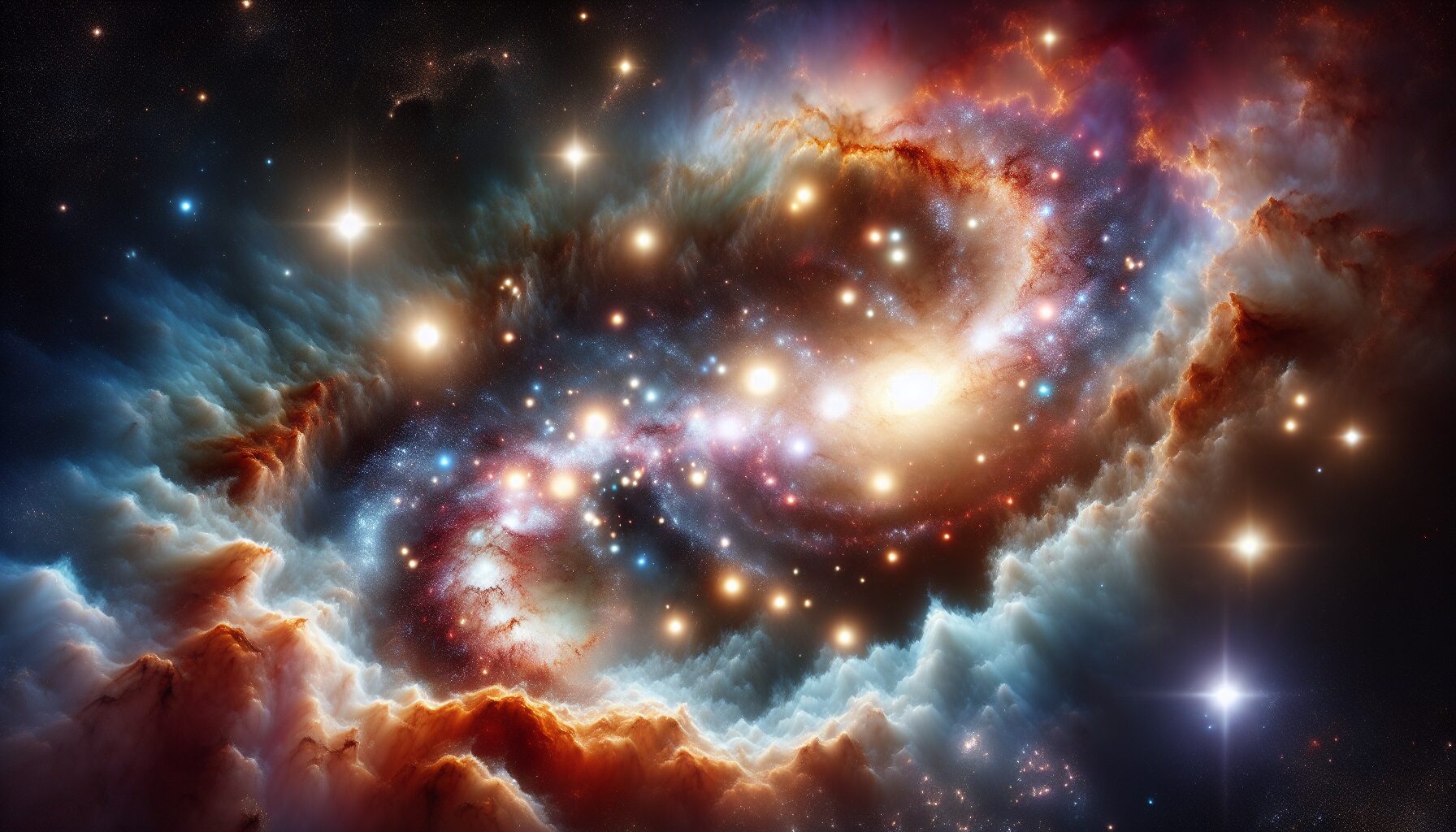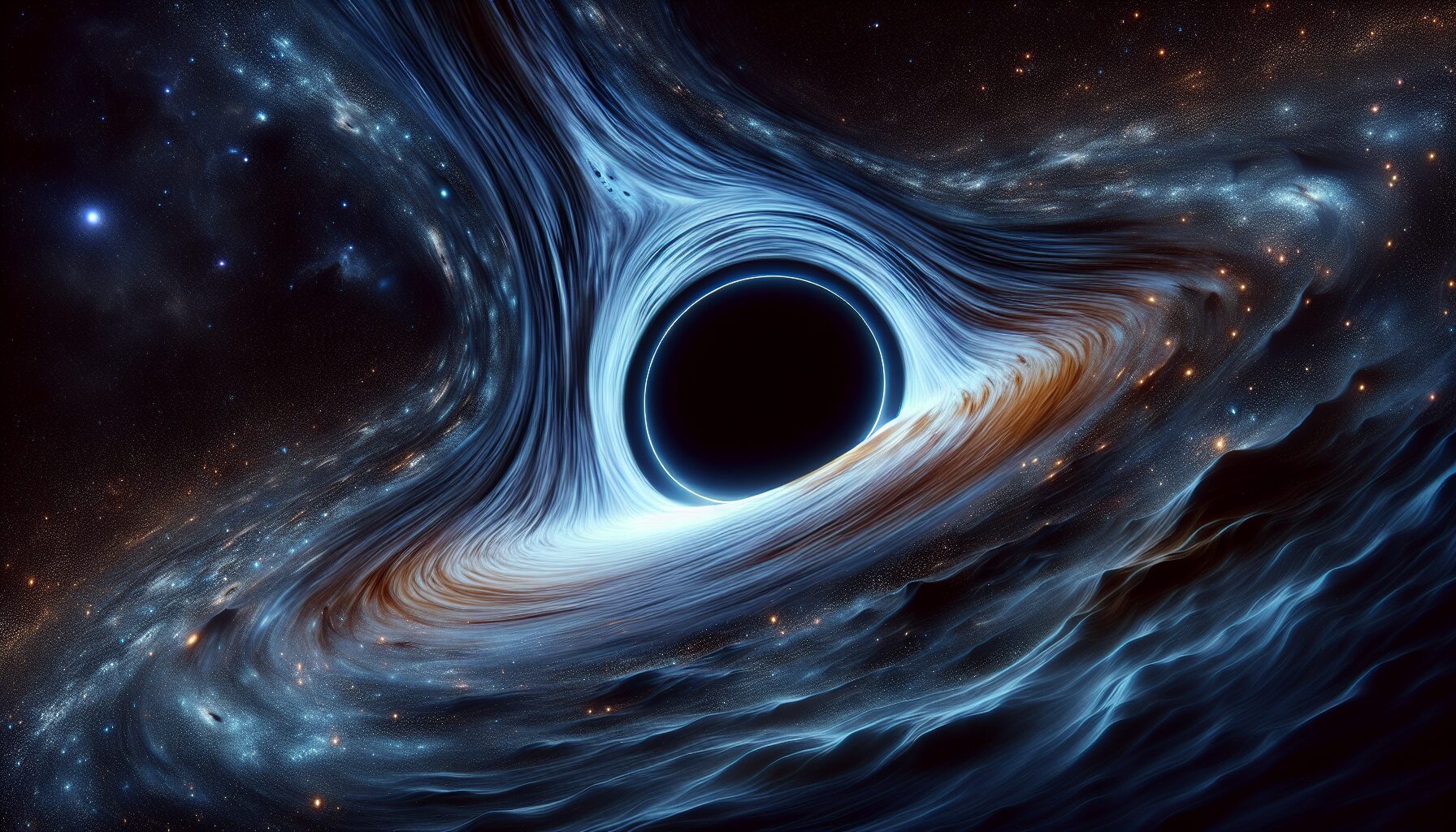The universe has long been a source of wonder and mystery, and among its many fascinating phenomena is the concept of an expanding universe. The foundational observation that led to this understanding was made by Edwin Hubble in the 1920s when he discovered that galaxies are moving away from us, indicating that the universe is expanding.
“The expansion of the universe was one of the most important intellectual discoveries of the 20th century,” said the renowned cosmologist Stephen Hawking.
This expansion is not merely a slow march. Observations in the late 20th century suggested that the pace is accelerating, a phenomenon attributed to a mysterious component known as dark energy. This force is now understood to make up about 68% of the universe, driving galaxies away from each other at ever-increasing speeds.
A Universe Heading Towards Isolation
The implications of an expanding universe pose profound questions for the future. As galaxies drift further apart, the universe seems destined for a state of isolation, where each galaxy becomes a lonely oasis in the vastness of space. Eventually, the sky would darken as galaxies recede beyond the observable horizon.
- Stars will burn out, leading to a scarcity of light and warmth.
- With the depletion of stellar fuel, black holes may dominate an otherwise dark universe.
- The continued expansion will render the density of matter exceedingly sparse.
Yet, this cosmic isolation unravels slowly over unimaginable aeons, granting a resilient species ample time to adapt or find solace in their stellar neighborhood. As theoretical physicist Freeman Dyson noted, life, or what remains of it, may find undying ways to “hitch rides on cosmological time machines” to resist cosmic ennui.
Life Finds a Way
Contemplating the far reaches of time invites reflections on the very nature of existence. Are we in a universe that is forever tethering on the brink of oblivion, or is the story more nuanced? Physics might suggest bleakness, but life’s persistent edge finds hope even in uncertainty.
Carl Sagan once mused, “Somewhere, something incredible is waiting to be known.” This spirit of exploration and discovery could be the key to thriving even as the cosmos inches towards stillness.
While the future of an ever-expanding universe seems bleak, the indomitable will to survive and adapt could lead intelligent life to unparalleled innovations and perhaps new understandings of life, the universe, and the very nature of existence. For now, we remain observers of this grand, cosmic dance, searching for our place in a universe that continues to drift into the unknown.
